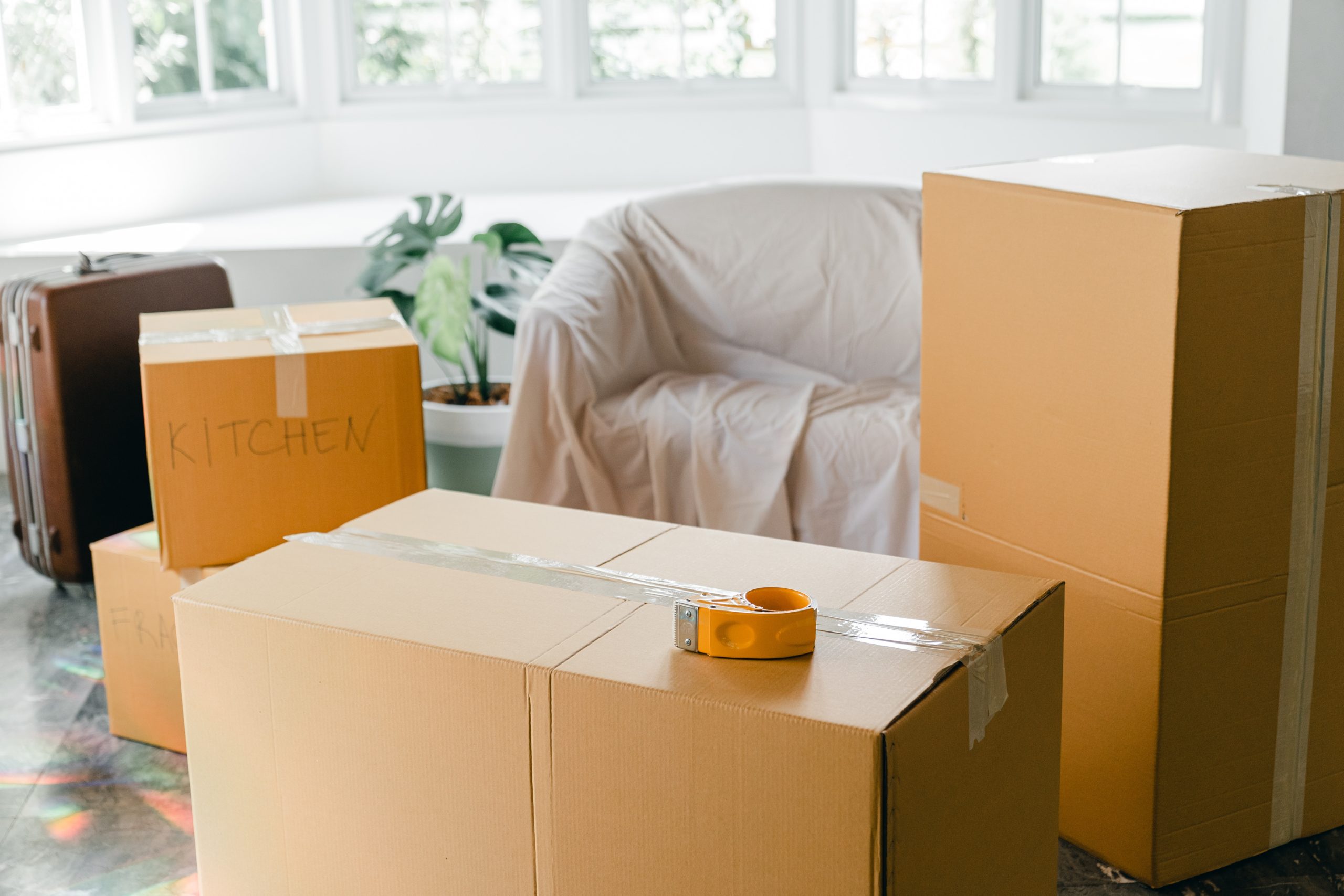Having a positive rental experience
Renting a storage space is easy, however this doesn’t guarantee you’ll have a positive rental experience. How do you make sure you have a successful storage rental experience?
A convenient storage rental experience can be described as one where you don’t have to worry about your items getting damaged or misplaced during storage. In other words, you should be able to easily retrieve and use items that are stored inside your unit. However, this is not always the case for many storage unit tenants.
To keep their self storage experience problem-free, tenants need to spend extra time preparing to store their belongings. People tend to make several mistakes which can lead to items getting damaged and hard to retrieve. . Here are several common mistakes that people make, especially when they are rushing to move items into their storage unit.

Improve your odds of having a positive rental experience : Mistakes to avoid
Forgetting to Plan Before Storing Items
Not planning ahead tops our list of common mistakes made when renting self storage. This usually occurs when tenants are in a hurry to store items.
While items may have been packed neatly for storage, unpacking or retrieving them may be a challenge. Hurrying can make people careless when packing items, andhey end up using the wrong packing materials .
Planning only takes a few minutes. All you have to do is list the items you’ll be storing, pack them using the proper packing materials like wood or cardboard storage boxes and be sure to label your boxes.
Not Labeling Boxes
Another common mistake tenants make is forgetting to label boxes. This is true even when they’re not hurrying to store items inside the storage unit.
Labeling boxes can help you find the items you want, especially if you’ve stored a lot inside your storage unit. You can even stick a list of items kept inside a box to help you when retrieving an item.
Not Purchasing Insurance for Items
Self storage tenants usually take purchasing insurance for granted. Either they are unaware of insurance that covers stored items or may not see the need for it.
While a storage facility may have multiple security measures, having insurance can protect you from losses because of damaged, lost, or stolen items. A tenant protection plan is a good option for an extra level of security.
Before storing items, check with your insurance agent to see if your policy covers stored items or if your facility offers storage insurance. Don’t forget to ask about a tenant protection plan.
Choosing an Inconvenient Location
Self storage units should be considered an extension of your home. After all, it’s where you’re storing your valuable belongings. Unfortunately, some people tend to rent storage units in an inconvenient location because of the price. Rest assured, by doing a bit of research, you can find a cheap self storage unit near you.
Location is important, especially if you need to visit your storage unit everyday. Look for a facility that’s accessible rather than choosing one because it’s inexpensive.
Not Reading the Entire Contract
Before you rent storage, it’s important to read the entire lease agreement rather than skim it. Many storage tenants tend to neglect the details included in renting a storage space.
Pay close attention to the details included in your tenant contract. This includes your monthly rent, payment information, when you’ll be charged, when monthly rates will rise, and when late fees will be assessed.
Do Your Due Diligence
Renting a self storage unit is indeed easy, but due diligence is required to ensure your experience won’t be problematic.
Familiarize yourself with these common mistakes when renting a storage unit. This will help you to be thoroughly prepared before you store your items





